| WILDFLOWERS OF THE YELLOWSTONE AREA |
|---|
| Including: Yellowstone & Grand Teton National Parks, Glacier National Park & the Surrounding National Forests |
| 4 Page Laminated Guide |
| Outside 2 Pages Opens to 11" by 17" |
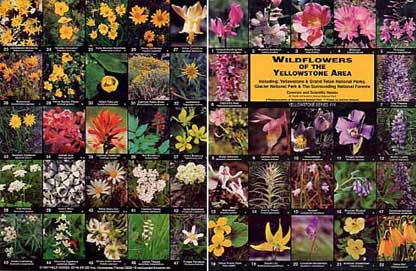 |
| Back Page |
Front Page |
|---|
| Typical Wildflower Photos | |||
| (Actual size approximately 1.7" by 2") | |||
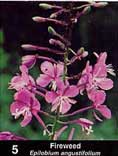 |
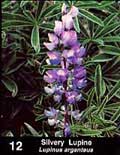 |
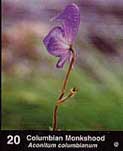 |
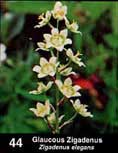 |
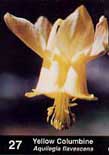 |
The surrounding photos are representative of the 47 most common wildflowers contained in this guide. An additional 46 related and similar species are described in the text, bringing the total number of wildflowers covered to 93. Photos are arranged by color. Common and scientific name as well as a number which refers to the species-related text are listed under each photo. |
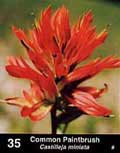 |
|
|
|---|
| Inside 2 Pages Opens to 11" by 17" |
 |
|
|
||
| Text Blocks | ||
| (Actual size approximately 1.7" by 2.2") | ||
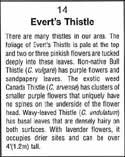 |
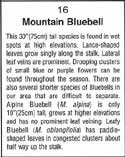 |
Both inside pages contain text blocks corresponding to each species pictured on the front. They provide common name, measurement statistics and other identification aids-including tips on how to distinguish among look-alikes and related species. A plant's habitat preference when pertinent and role in the "chain of nature" are also frequently given. |
| Sample of Glacier Lily Text | Sample of Silvery Lupine Text |
|---|---|
|
This lily often appears while snow is still on the ground. Its flower stalk is about 10"(25cm) tall and has large succulent basal leaves. The bulbs are an important food for grizzly bears in spring and a study in Idaho suggests that they supply the bulk of mule deer diet during May. In addition, large ungulates graze on the foliage. Another showy lily, the Mariposa Lily (Calochortus eurycarpus) appears in June, July and August. These lilies are 1 1/2'(45cm) tall. Each petal of the large white flower has a magenta spot in the center. |
Lupine identification is often difficult. Silvery Lupine closely resembles Silky Lupine (L. sericeus) and hybrids can occur. To separate them, look at the back of the top petal. If it is hairy you have Silky Lupine, if not it's Silvery Lupine. Deer, birds and small mammals eat it, yet it's poisonous to domestic livestock. An Idaho study showed that 6% of bighorn sheep's diet was Lupine. In nature the plant is important as it colonizes poor soils where others will not. This provides a food source and an anti-erosional effect where none would normally exist. |
| On Line Sales Outlets |
|---|
|